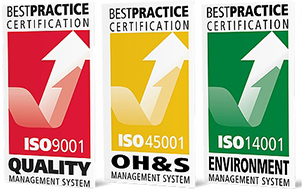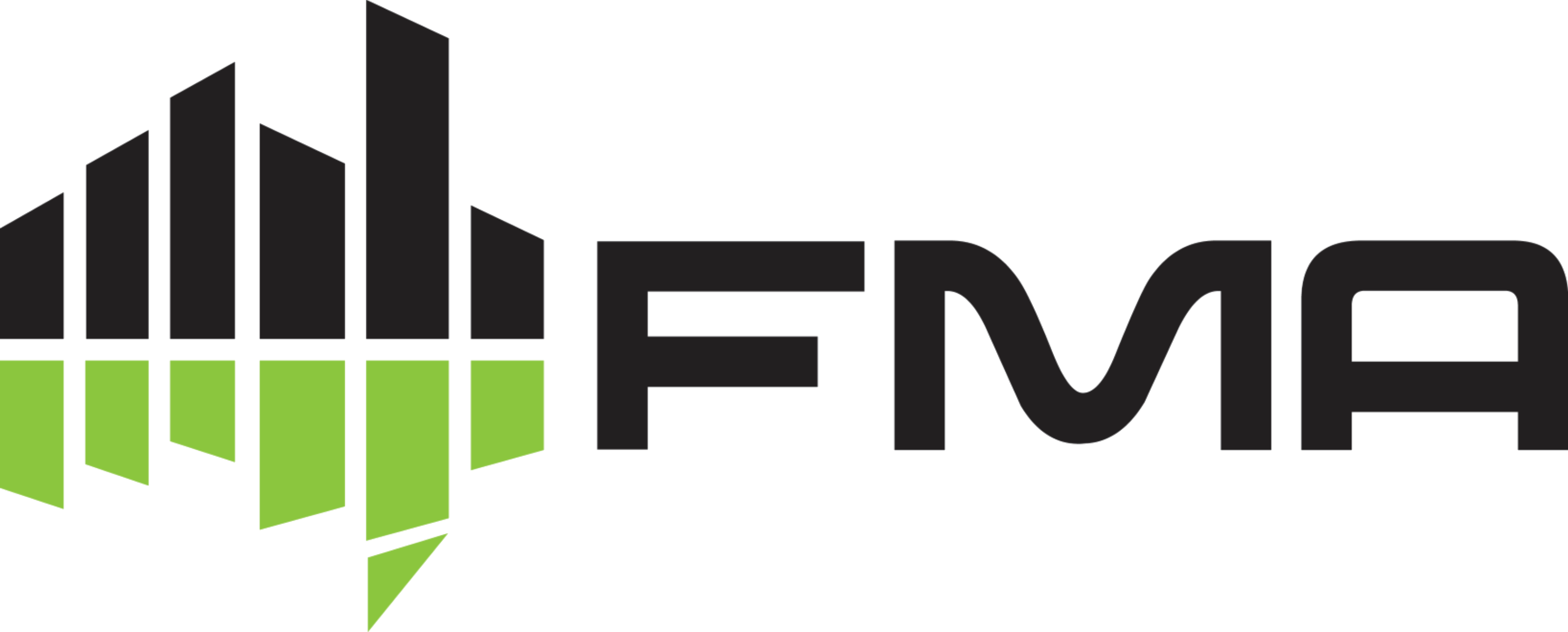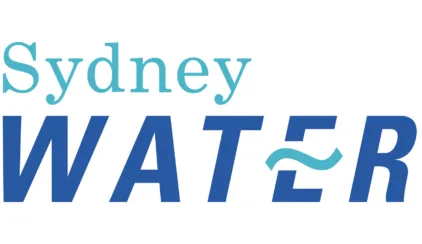Backflow Prevention and RPZ Testing by Watertight

Backflow is caused by cross-connections that have the potential of allowing contaminants into the drinking water system. Back siphonage can occur when the pressure in a tank or water trough is lower than the water system’s pressure. This could allow the influx, or pulling, of contaminated water into the system. To prevent backflow we need to install backflow prevention devices, the type of device will depend on what the hazard is. Below are the backflow prevention device types and the hazard ratings.
Backflow device types
Reduced pressure zone device (hazard rating – high)
This device has two independent action, non-return valves that are force-loaded to the closed position. A relief valve is positioned between the non-return valves and is arranged to be force-loaded to open to the atmosphere.
Break tank/air gap (hazard rating – high)
This device has an air break (physical gap) between the lowest water service pipe outlet and any upstream tank, fitting or container.
Testable double check valve (hazard rating – medium)
This device has two independent action, non-return valves that are force-loaded to the closed position. It is fitted with three test taps for yearly testing
Backflow testing or RPZ Testing is a very important safety measure for our water supply. All of the above backflow prevention devices must be inspected and tested annually in accordance with legislation. All commercial connections to Water Provider mains must have suitable backflow containment.
Watertight’s backflow prevention services/RPZ testing is of the highest quality,all tests are completed by a certified backflow prevention tester and we submit the results to Sydney Water within 24hrs.
Once we have tested your device your RPZ testing schedule can be added to our data base and we will contact you annually to ensure your premises remain compliant.











